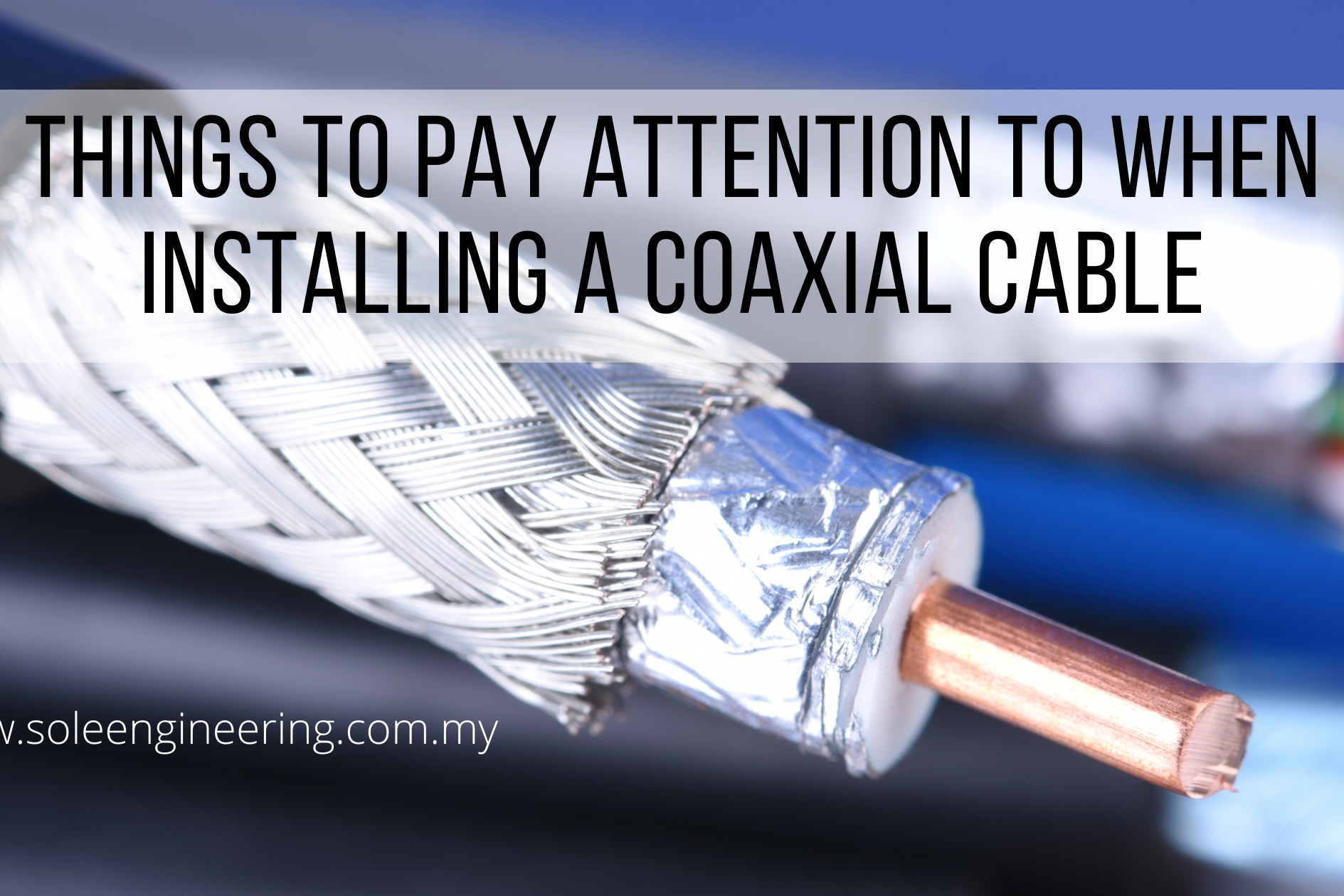4 Things to Pay Attention to When Installing A Coaxial Cable
Coaxial cables are favored over twisted pairs because of their shielding ability against electromagnetic interference. They are less expensive and more durable in comparison to optic fiber and they are frequently used in the domestic installation of appliances like the internet and smart tv, that they have become a common sight. You will sometimes find yourself needing to install or fix a coaxial cable. Installing a coaxial cable is a simple and straightforward task. There are not many steps involve or several tools required. A simple guide can teach you how to properly install a coaxial cable. However, some easy-to-mind tips and tricks can make coaxial cable installation better in the longer run.
-
Type of coaxial cable
It is important to select the right kind of cable. There is a wide range of variety of coaxial cables available in the market that are suitable for different types of applications. It is also equally important to pay attention to the quality of the coaxial cable. A good quality coaxial cable offering a better signal transmission may feel a little on the expensive side but will last you longer and keep your appliances safe. Pay attention to the impedance of the cable and also the required thickness and flexibility of the cable for the intended application.
-
Weatherproofing and water-resistant jackets
You should also pay attention to the weather resistance and waterproofing ability of cable as these factors can be important especially in an outdoor installation. Some coaxial cables do not have protective jackets suitable for outdoor installation due to a lack of weather and waterproofing.
-
Burying a coaxial cable, running them underground
Coaxial cables are prone to physical insults and pressure, or twisting and turning can damage the external jacket and expose the internal sheathing. Such an unfortunate incident will not only compromise the quality of the signal but can also lead to potentially hazardous accidents. If you need to bury the cable you must pass it through a conduit in order to protect it from any accidental damage to the external jacket of the cable.
-
Bending angle or bend radius
Coaxial cables are mostly not very flexible and bending them beyond their bending radius can break or damage the cable. Think of wrap the coaxial cable around a coffee jar, that is the bend radius or bending angle that you should be mindful of. Keeping this in mind you can use a 90-degree connector if needed or add to the length of the cable to make a loop instead of any sharp turns.
Keeping these things in mind you can install coaxial cables like a pro. For finding high-quality coaxial cable please feel free to reach out to us.







